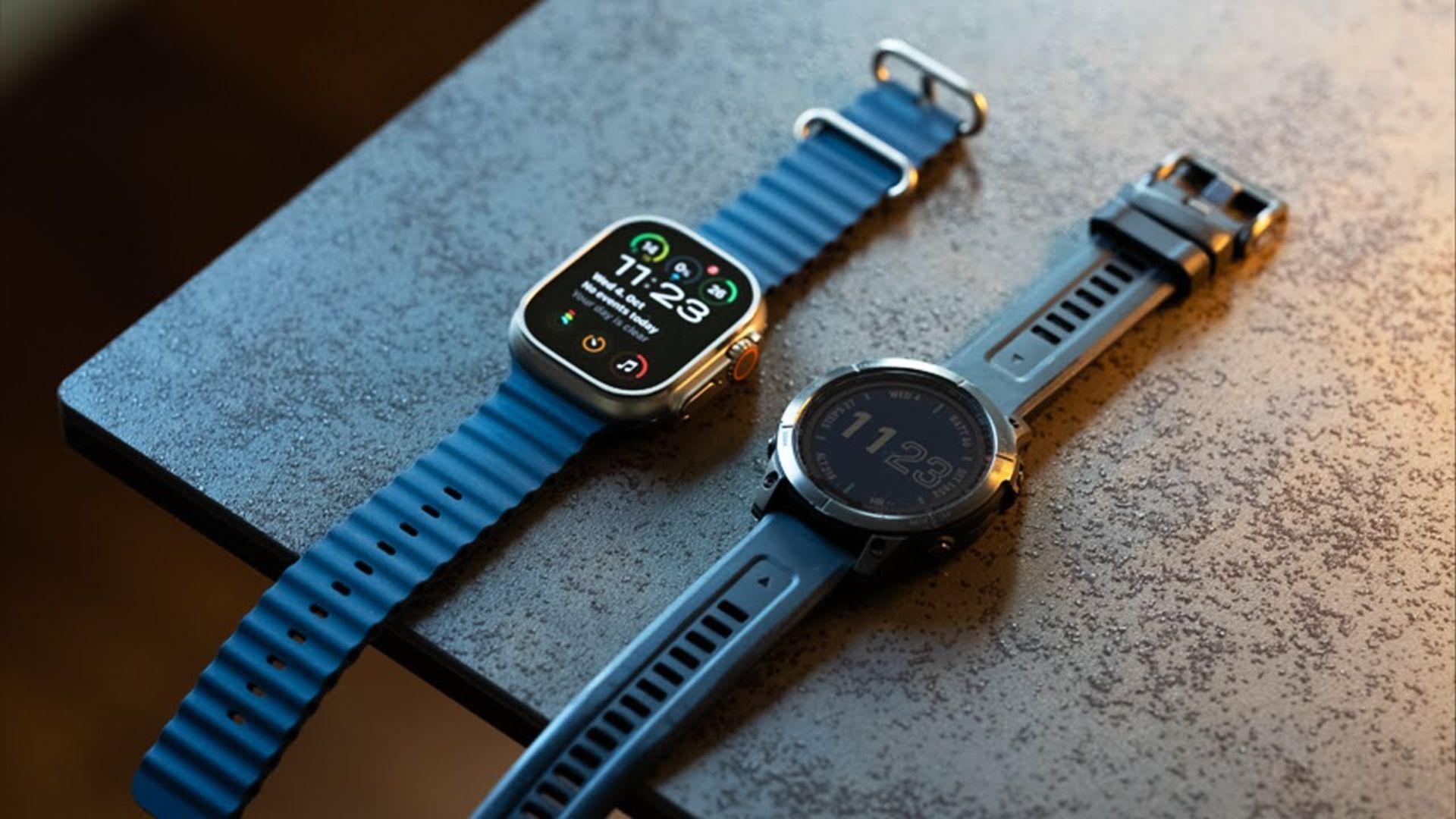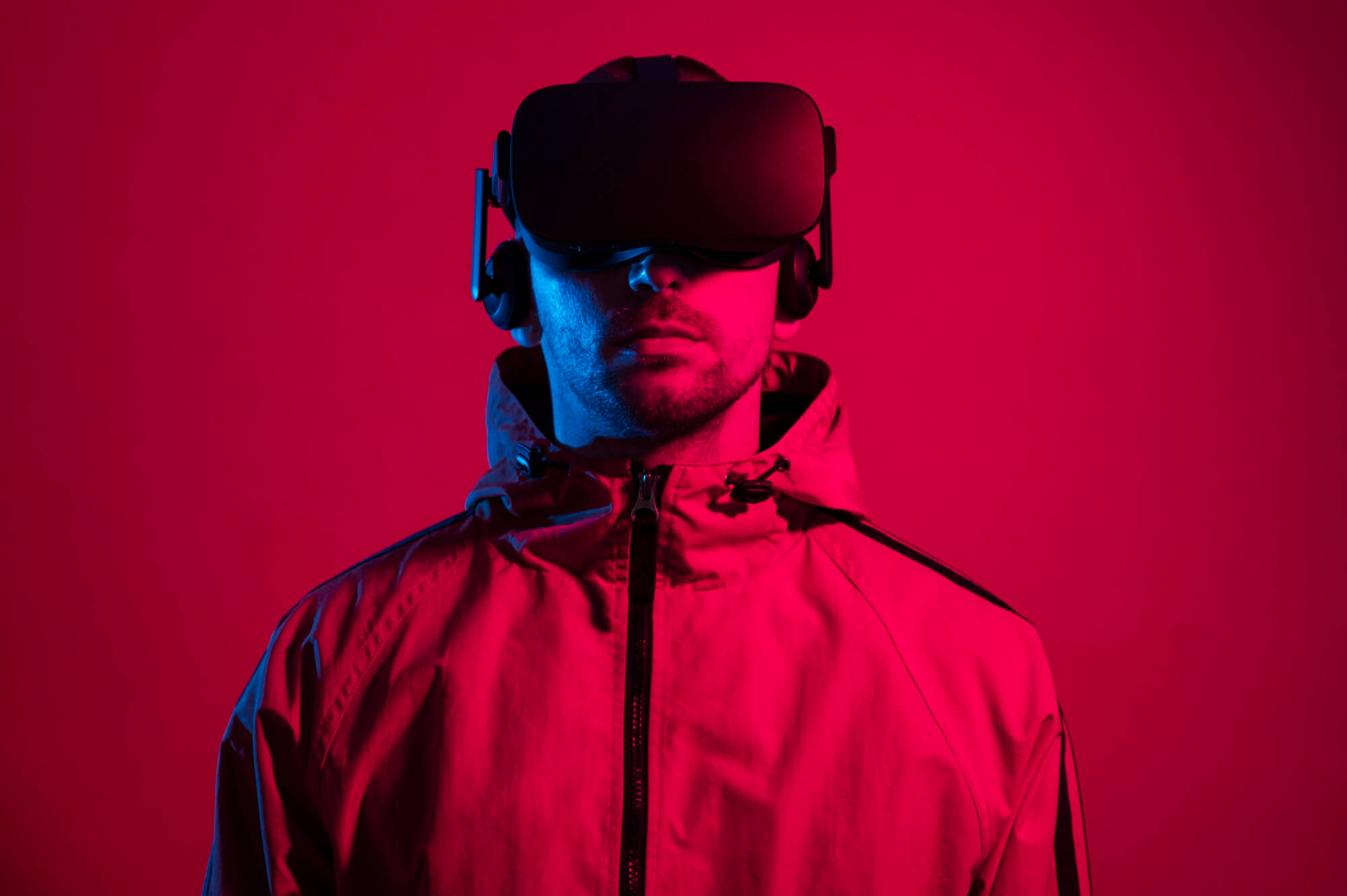
What is Apple’s protection against stolen devices?
Imagine someone grabbing your iPhone in a bustling coffee shop. Even if the thief knows your passcode, iOS 17.3’s Stolen Device Protection adds an extra layer of defense.
How does it operate?
Outside familiar places, like home or work, stolen device protection adds an extra layer of security. This is what transpires:
Biometric authentication For critical tasks, you need to use (Face ID or Touch ID). This includes important actions like deleting your iPhone, resetting Apple ID password, disabling Find My iPhone, and completing Apple Pay transactions.
So, even if the burglar knows your passcode, it’s hard for them to erase your data or disable Find My iPhone, making selling the device difficult.
Security delay for important changes: Performing these actions outside familiar places triggers a one-hour security delay. This gives you time to act, like remotely locking or reporting your missing iPhone, even if you haven’t noticed it personally.
For instance:
Imagine someone takes your iPhone while you’re in the coffee shop mentioned earlier. To sell the gadget, the criminal attempts to delete your data after using your passcode to open it. If you’re not in your usual coffee shop setting, activating Stolen Device Protection requires using Face ID to erase the iPhone.
The criminal cannot delete your data since they do not own your face. They will also experience a one-hour security delay if they attempt to disable Find My iPhone, which will allow you to trace your smartphone and maybe retrieve it.
Advantages of Protecting Stolen Devices:
Safeguards your Important Data: Demanding biometric verification for access keeps passwords, bank information, and sensitive data safe.
Boosts recovery chances: Making it harder for the thief to turn off Find My iPhone simplifies tracing and potentially retrieving your smartphone.
Comfort: Knowing that your information and gadget are safer gives you comfort, particularly if you travel a lot or reside in a busy place.
How to enable protection against stolen devices: Navigate to Settings > Touch ID & Passcode (or Face ID & Passcode for iPhones older than that).
Put your passcode in here.
Tap Turn On Protection under Stolen Device Protection after swiping down.
Keep in mind:
In Settings, actively add sites or allow automatic recognition based on your habits.
Only iOS 17.3 and later support this function.
Make sure your Apple ID has two-factor authentication turned on for the highest level of protection.
Turning on Stolen Device Protection gives your iPhone an additional protection layer and makes it far more difficult for criminals to access your data or sell your device. It’s an easy method to safeguard your priceless iPhone and the private data it holds.
With any luck, this description and illustration will help you understand how Apple’s Stolen Device Protection functions and why it’s a useful security tool for iPhone owners.
Please contact me with any more queries.





